TWENTY FACTS ABOUT THE ACE WRITER-DIRECTOR AND HIS FABULOUS FILMS
A REMARKABLE rise saw Raj Khosla become one of Bollywood’s all-time greatest filmmakers.
The ace writer-director went from becoming an assistant to legendary actor-director Guru Dutt to delivering all-time classics that entertained audiences across different generations. Born on May 31 1925, he passed away on June 9, 1991, aged 66.
To mark his birth and death anniversary, which fall within 10 days of one another, Eastern Eye decided to share 20 interesting facts from the dynamic director’s fabulous film career.
01. Raj Khosla was a trained singer and looking forward to a music career when Dev Anand got him a job working under legendary filmmaker Guru Dutt. He learned filmmaking while working as an assistant director on Dutt’s classics Baazi (1951), Jaal (1952), Baaz (1953) and Aar Paar (1954).
02. Khosla made his directorial debut with Milap (1954), but the film wasn’t a success.
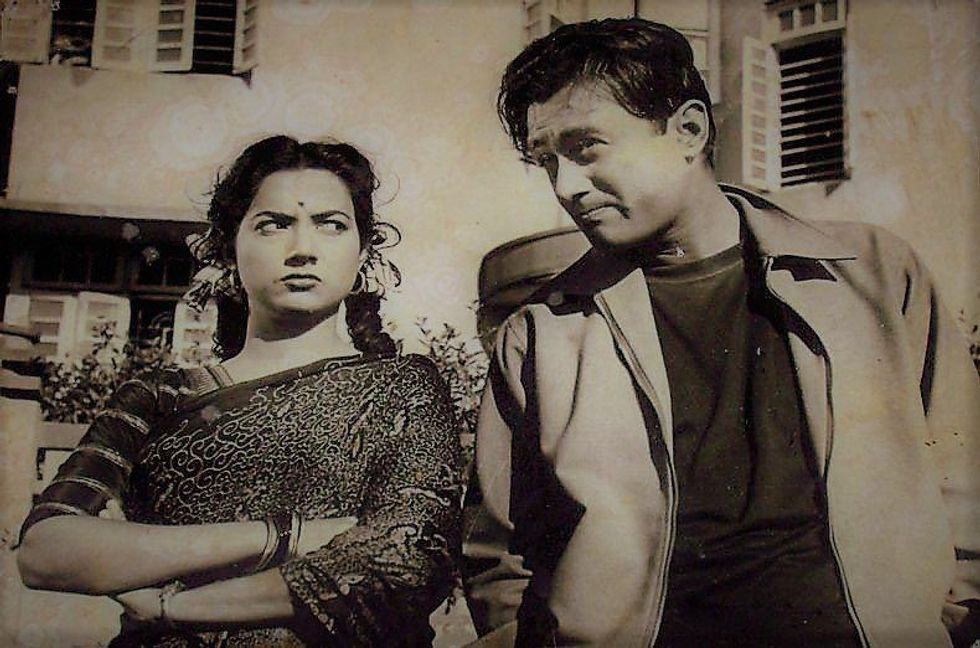
03. Everything changed with his second directorial outing CID (1956), which is a path-breaking film regarded as one of the finest crime dramas ever made in Bollywood. The film introduced Bollywood audiences to actress Waheeda Rehman, who would become an all-time great.
04. Early music training ensured most of his films had unforgettable music and included some of the greatest songs ever recorded in Hindi film history, including CID (1956) classics Leke Pehla Pehla Pyaar and Yeh Hai Bombay Meri Jaan.
05. Dev Anand played the lead role in Khosla’s first five films as a director, Milap (1954), CID (1956), Kala Pani (1958), Solva Saal (1958) and Bombai Ka Baboo (1960).
06. Dev Anand won his first Filmfare Best Actor award for his stunning performance in Kala Pani (1958) and Nalini Jaywant won a Best Supporting Actress for the same film.
07. His 1958 film Solva Saal (1958) was path-breaking at the time, as it was set over one night. The classic also contained the iconic song Hai Apna Dil To Awara.
08. Madhubala was the first choice to play the lead role opposite Dev Anand in Bombai Ka Babu (1960) but couldn’t do the film because of her heart condition and was replaced by Suchitra Sen. Khosla’s thriller shocked audiences because it had an incestuous undertone, with Anand playing a criminal pretending to be the long-lost son of a wealthy family and falling for a woman who thinks he is her brother. This film was also his debut as a producer.
09. His romantic movie Ek Musafir Ek Hasina (1962) was the second highest grosser of that year and included a winning soundtrack by OP Nayyar.
10. Khosla later created the ‘suspense’ trilogy – Woh Kaun Thi (1964), Mera Saaya (1966) and Anita (1967) with Sadhana playing a lead role in each film. Woh Kaun Thi is regarded as one of the greatest mystery films of all time and it has what many consider as Bollywood’s best love song Lag Jaa Gale. Anita (1967) included a plot twist based on classic Hollywood film Vertigo (1958).
11. His smash hit film Mera Saaya (1966) was a remake of 1964 Marathi movie Pathlaag and included unforgettable song Jhumka Gira Re. It was the third highest grosser of that year.
12. Hit drama Do Badaan (1966) was loosely inspired by the film Deedar (1951). The idea was suggested to Khosla by Manoj Kumar, who was cast as the lead.
13. His film Do Raaste (1969) became the second highest grossing Bollywood film of that year. It benefitted greatly from the year’s biggest success Aradhana (1969), which had turned lead actor Rajesh Khanna into Bollywood’s biggest star.
14. Khosla’s classic action-drama Mera Gaon Mera Desh (1971) was the second highest grossing movie of that year and greatly influenced record-breaking curry western Sholay (1975), including inspiring that film’s legendary villain Gabbar Singh, with its dacoit named Jabbar Singh.
15. His film Main Tulsi Tere Aangan Ki (1978) was one of the most successful released that year and won Nutan a record-breaking fifth Filmfare Best Actress award. The film also saw director Vijay Anand act in a key role. It would win a Filmfare Award for Best Film.
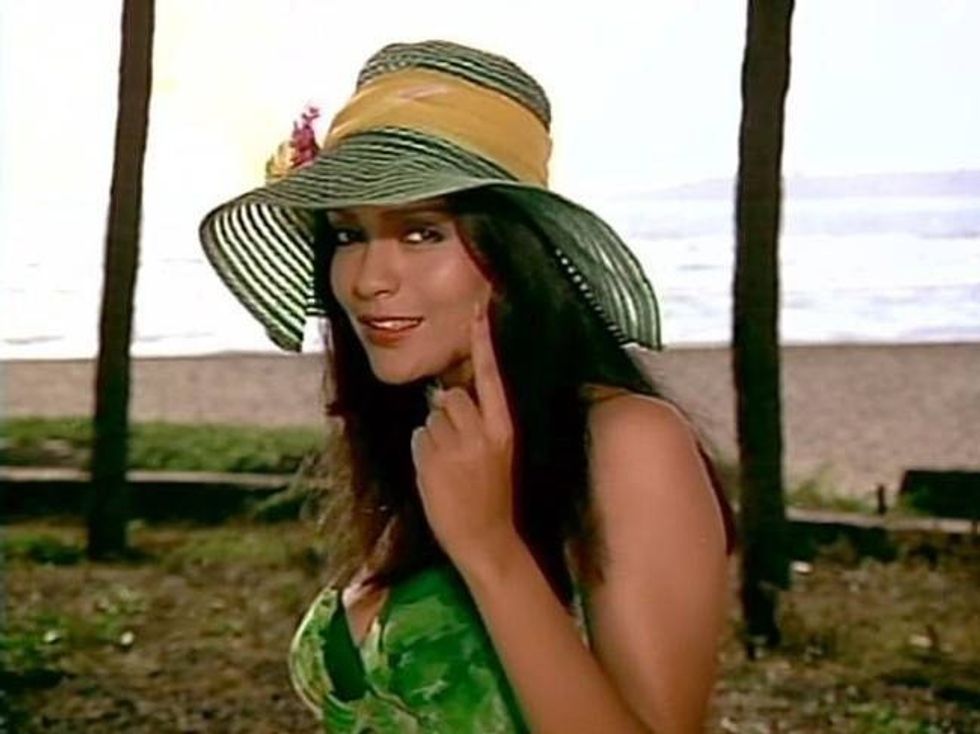
16. The Khosla directed Dostana (1980) was the first film produced by Karan Johar’s father Yash Johar and would launch their legendary film banner, which would go on to make Bollywood hits like Kuch Kuch Hota Hai (1998), Kabhi Khushi Kabhie Gham (2001) and Kal Ho Naa Ho (2003).
17. Sunil Dutt directed his son’s debut movie Rocky (1981), but when his wife Nargis fell ill, he had to be with her in USA. That is when his close pal Khosla stepped in to help with the direction.
18. His film Sunny (1984) was the first time Dharmendra played the father of his real-life son Sunny Deol.
19. The last film he produced and directed was Naqaab (1989). The failure disheartened him greatly and he passed away two years later in 1991, aged 66.
20. There is a forthcoming Raj Khosla biography on the way, written by author Amborish Roychoudhury, in association with the late director’s daughters Uma Kapur and Anita Khosla. It will delve into the filmmaker’s life, as well as the range and expanse of his body of work.

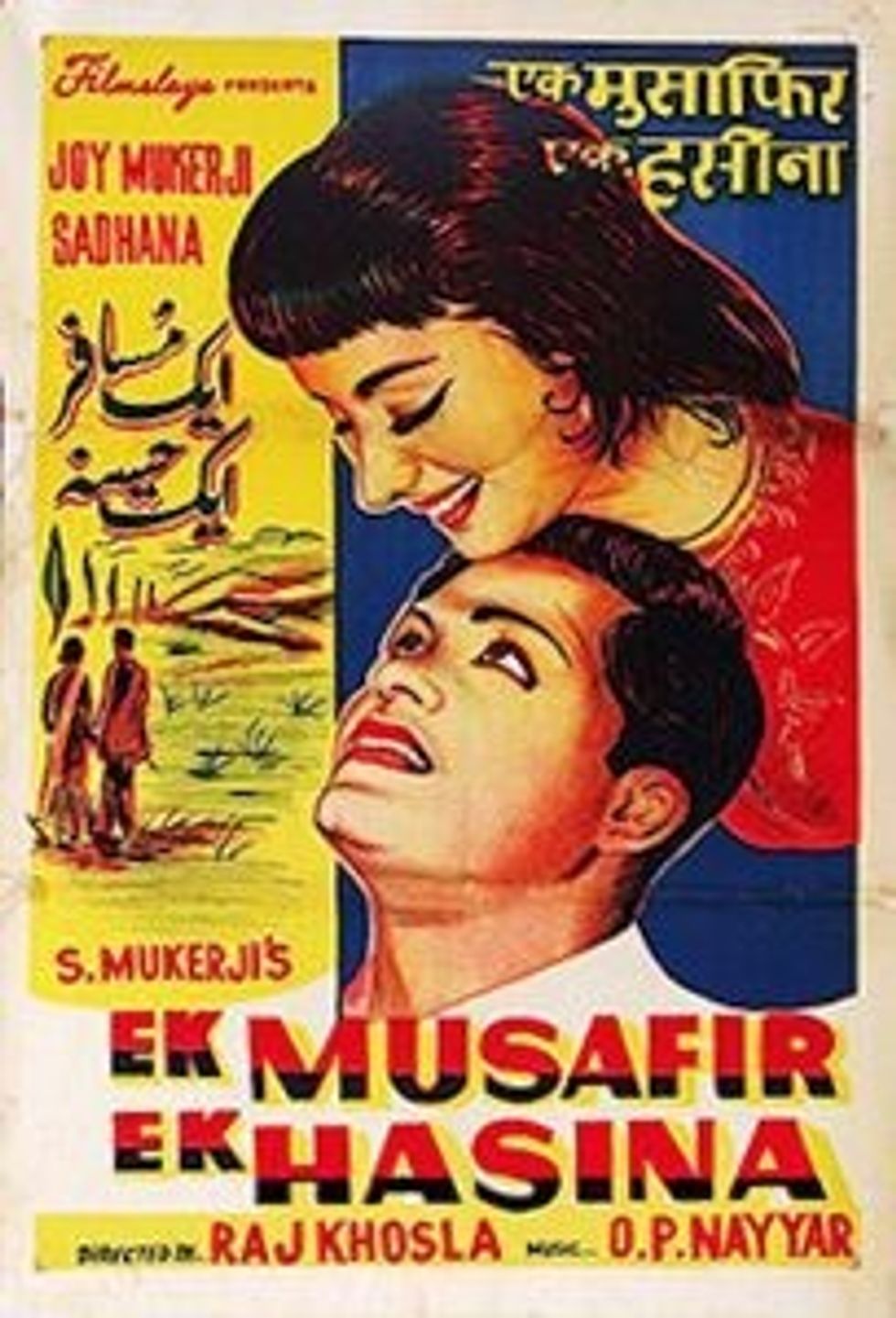
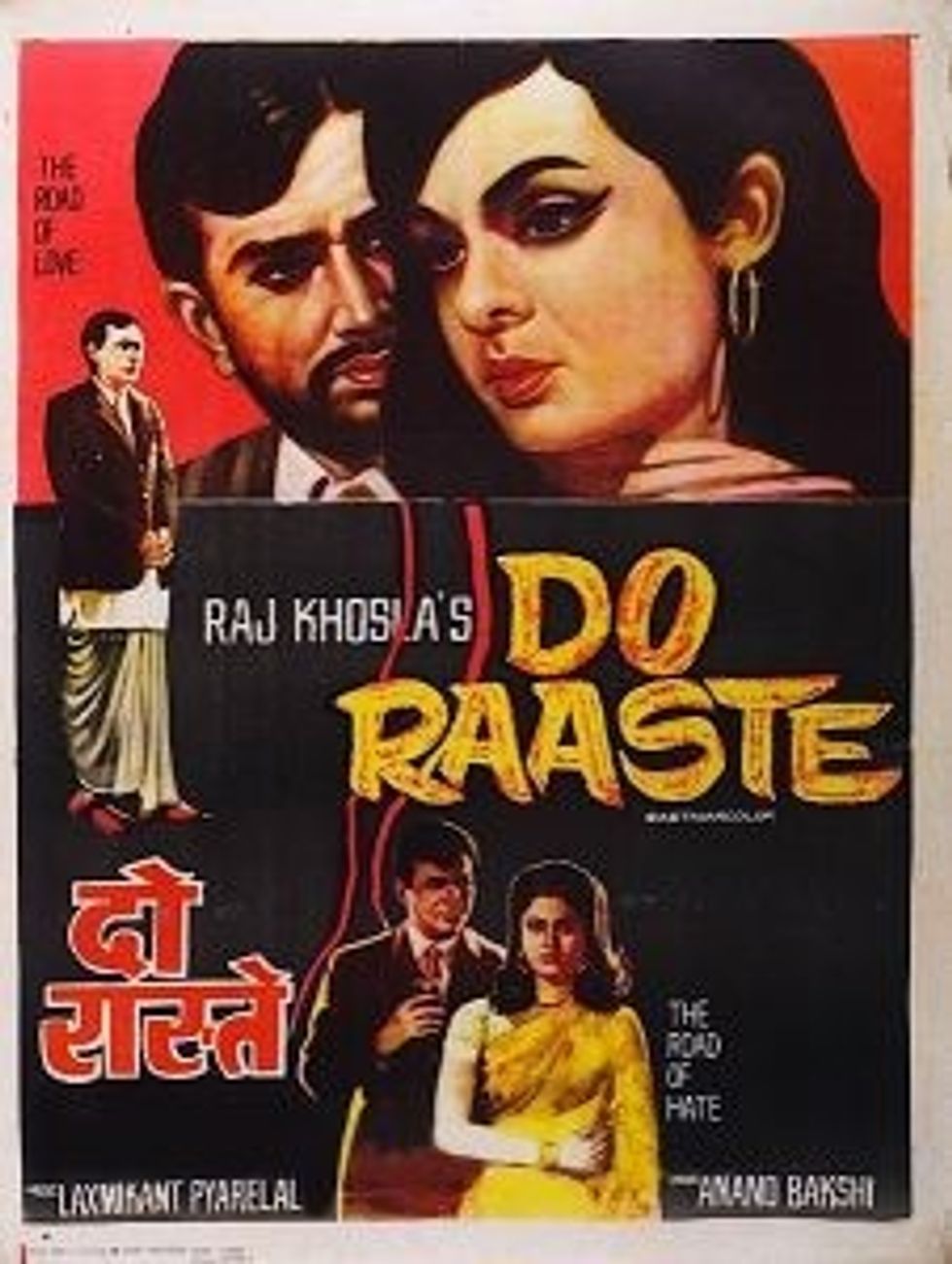
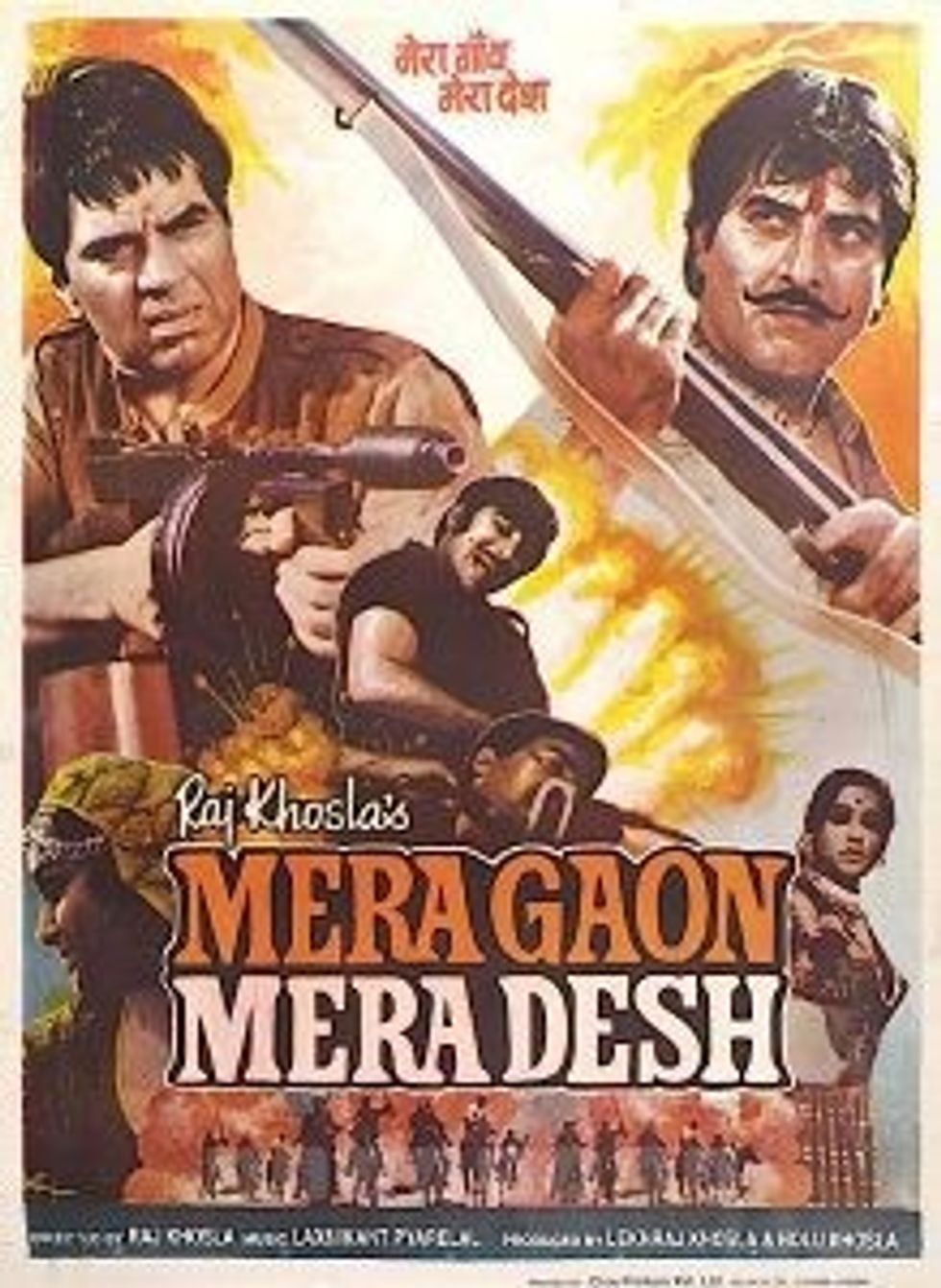





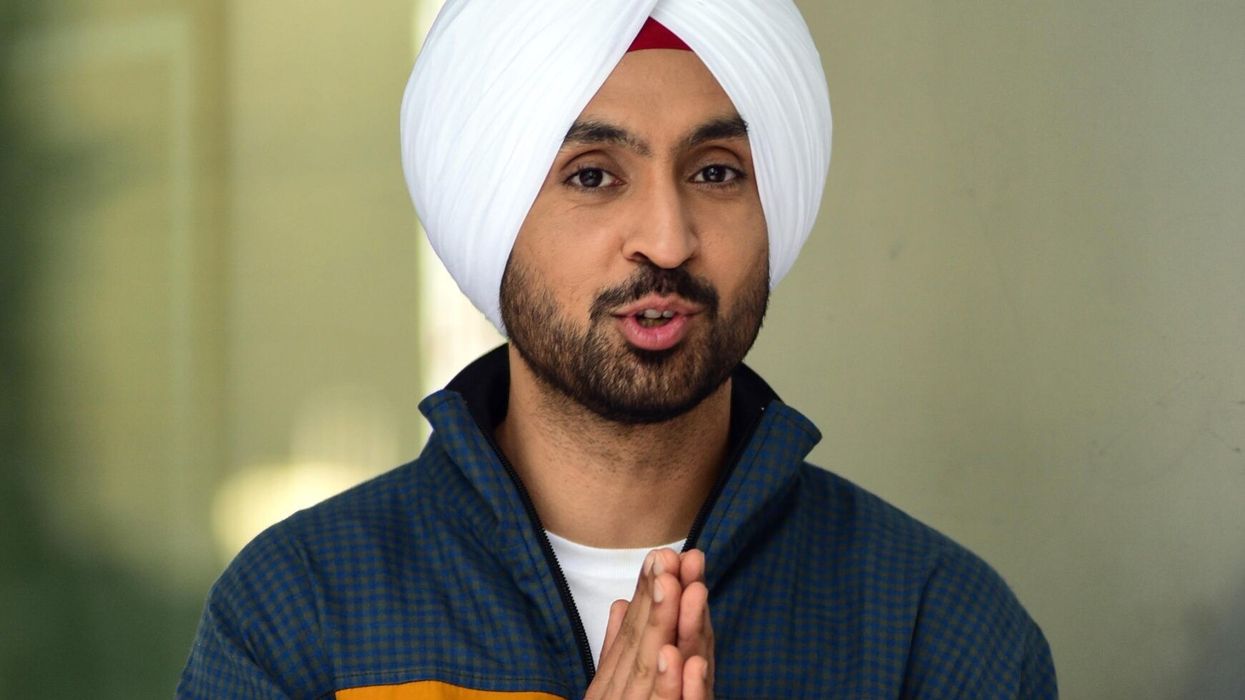










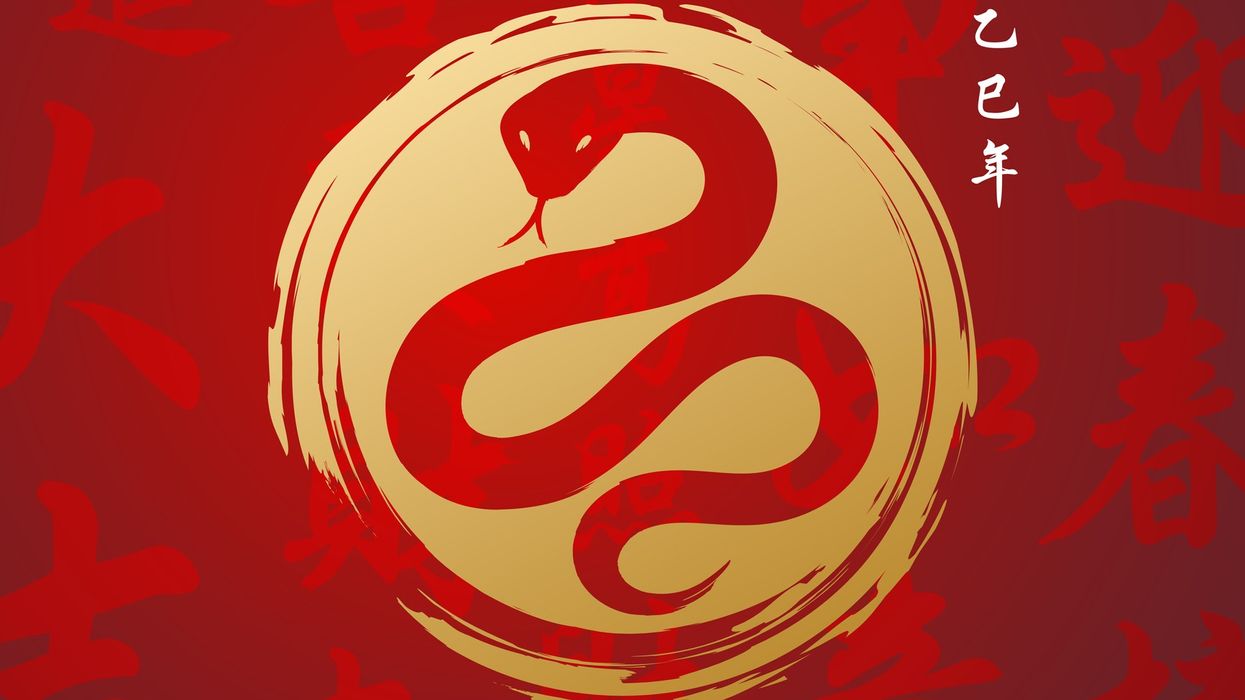

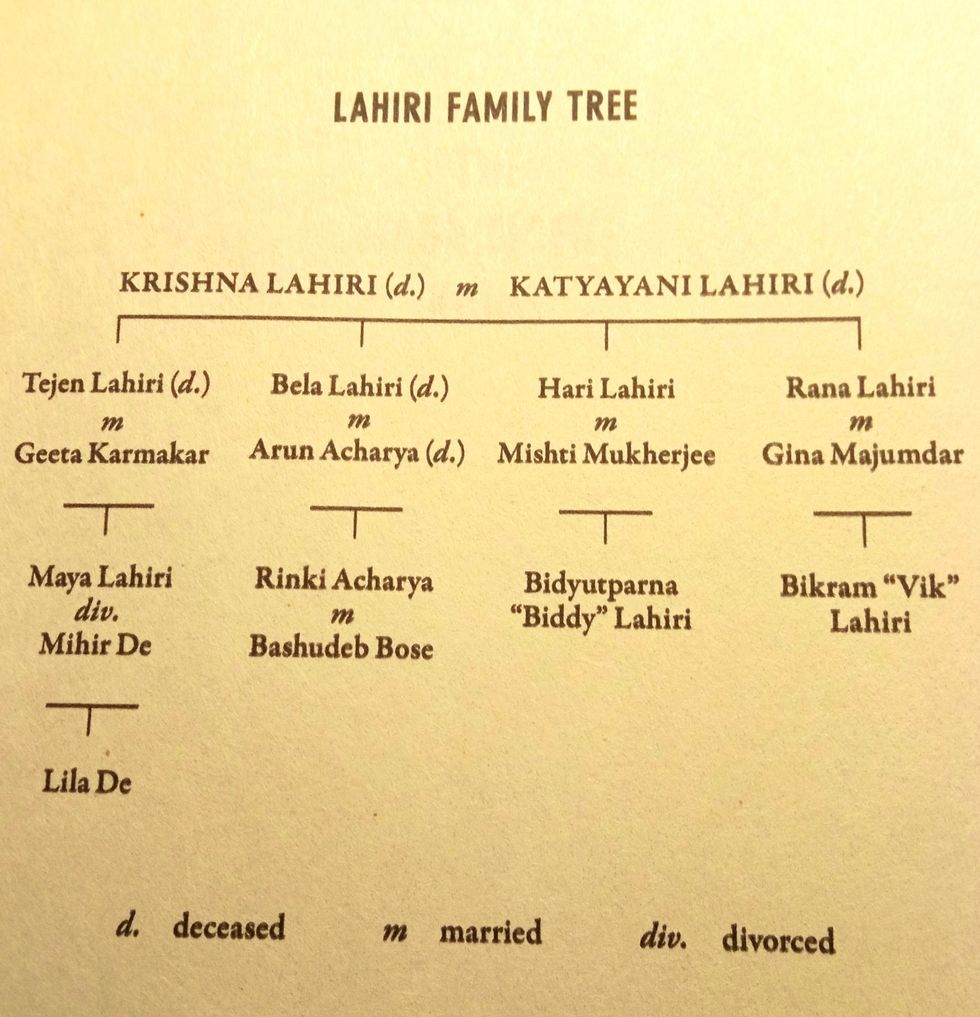 The family tree from the novel’s opening
The family tree from the novel’s opening
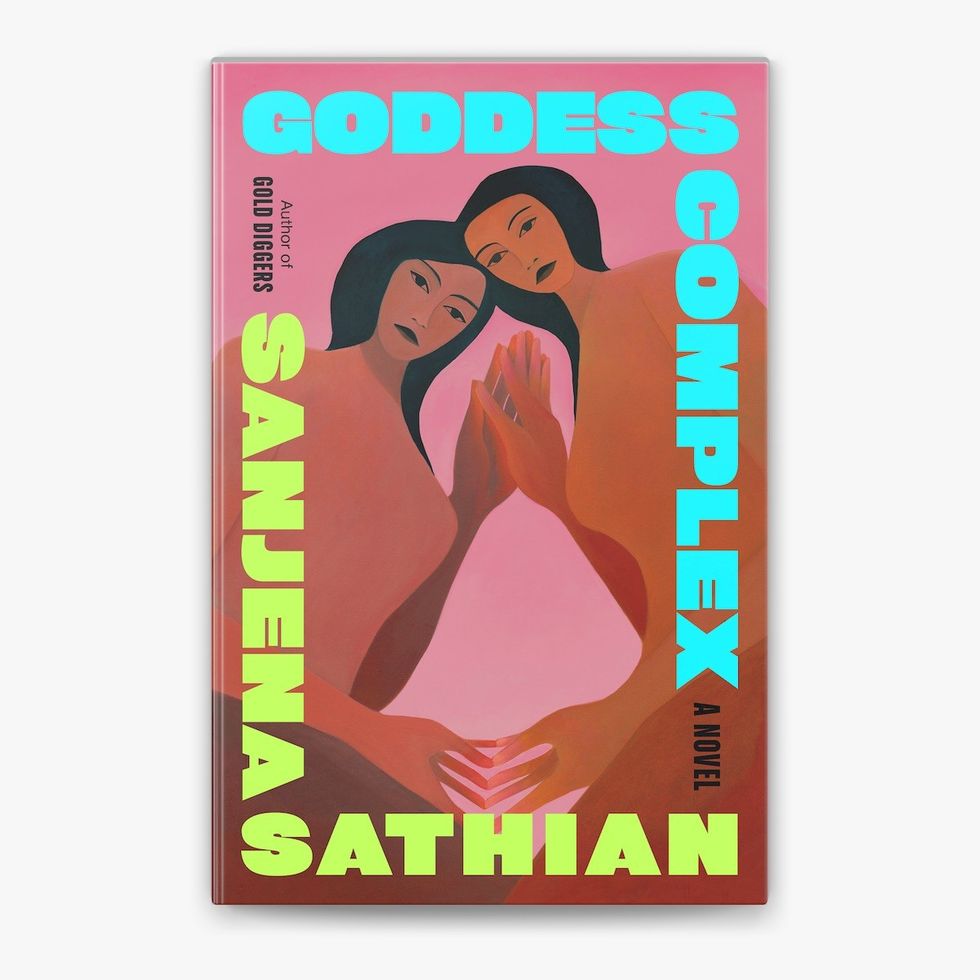
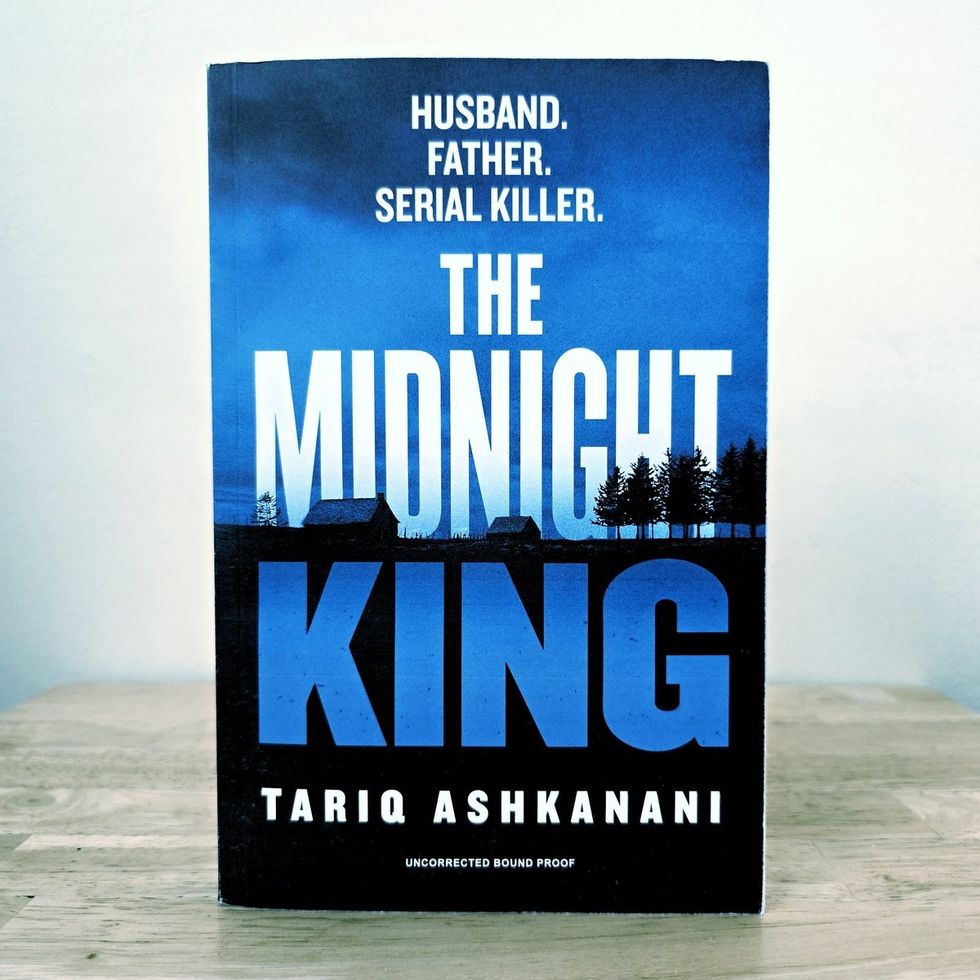
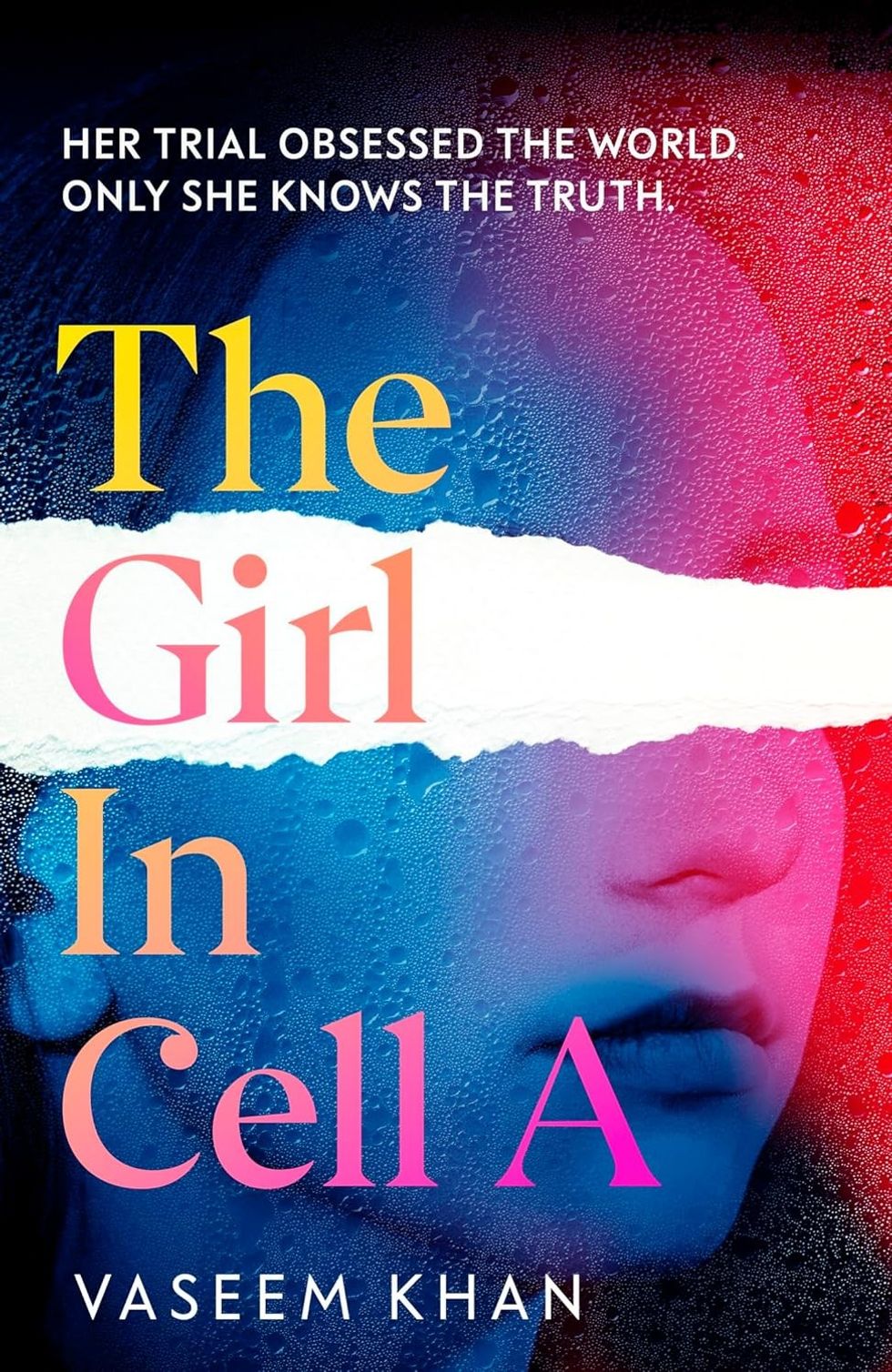
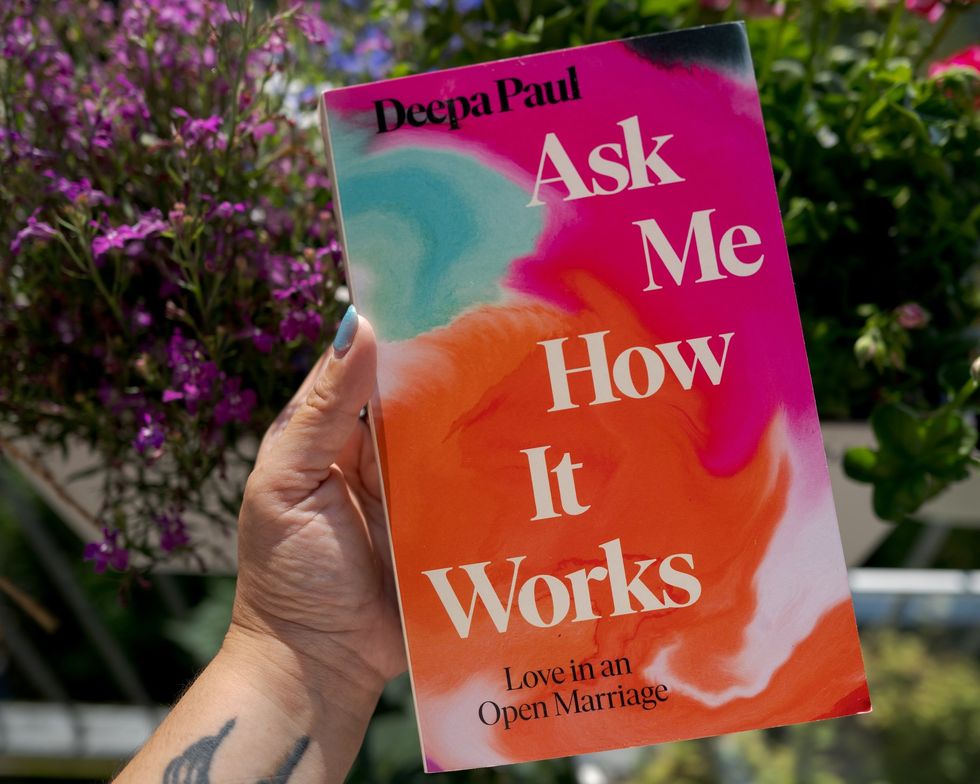
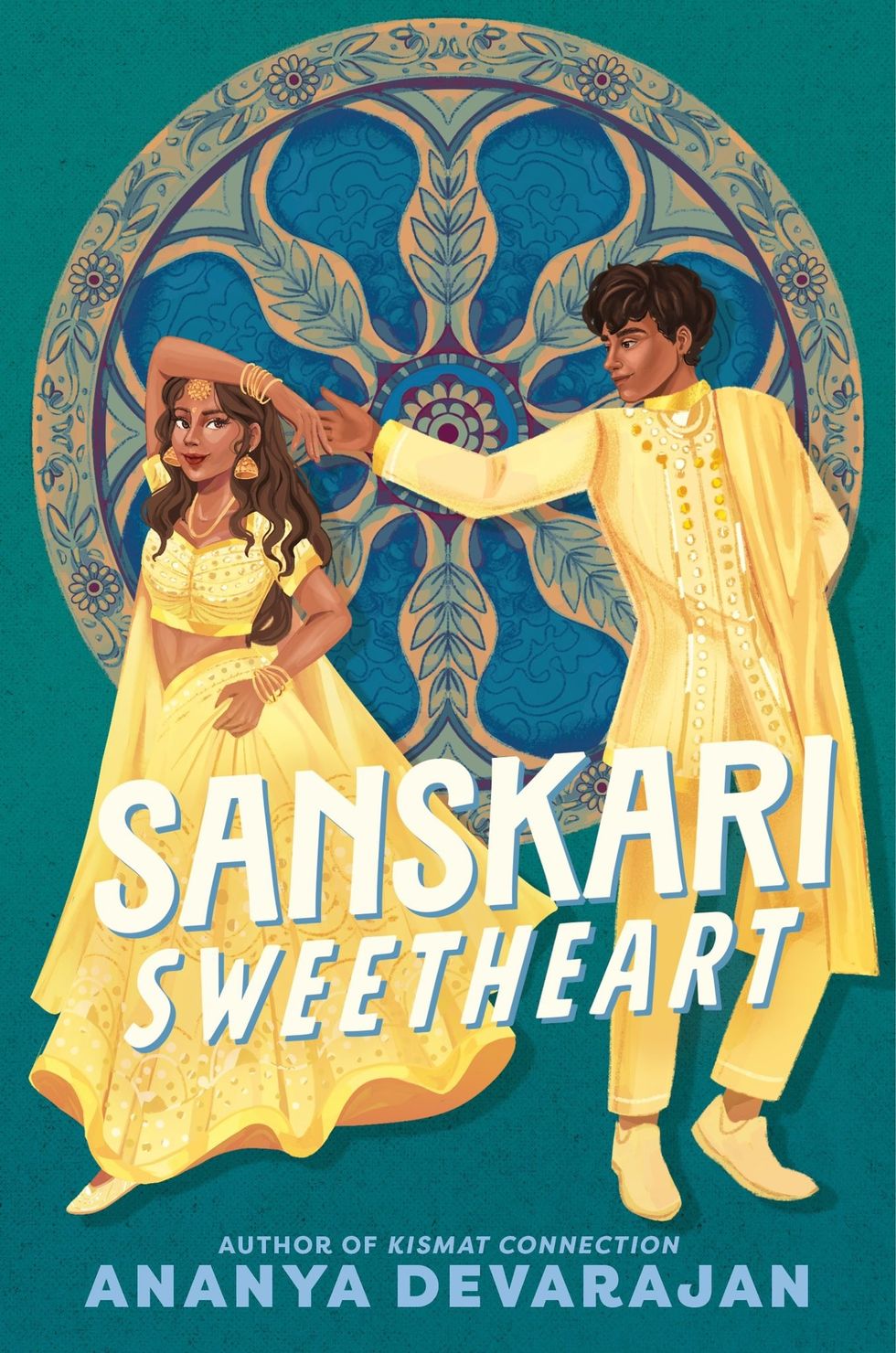
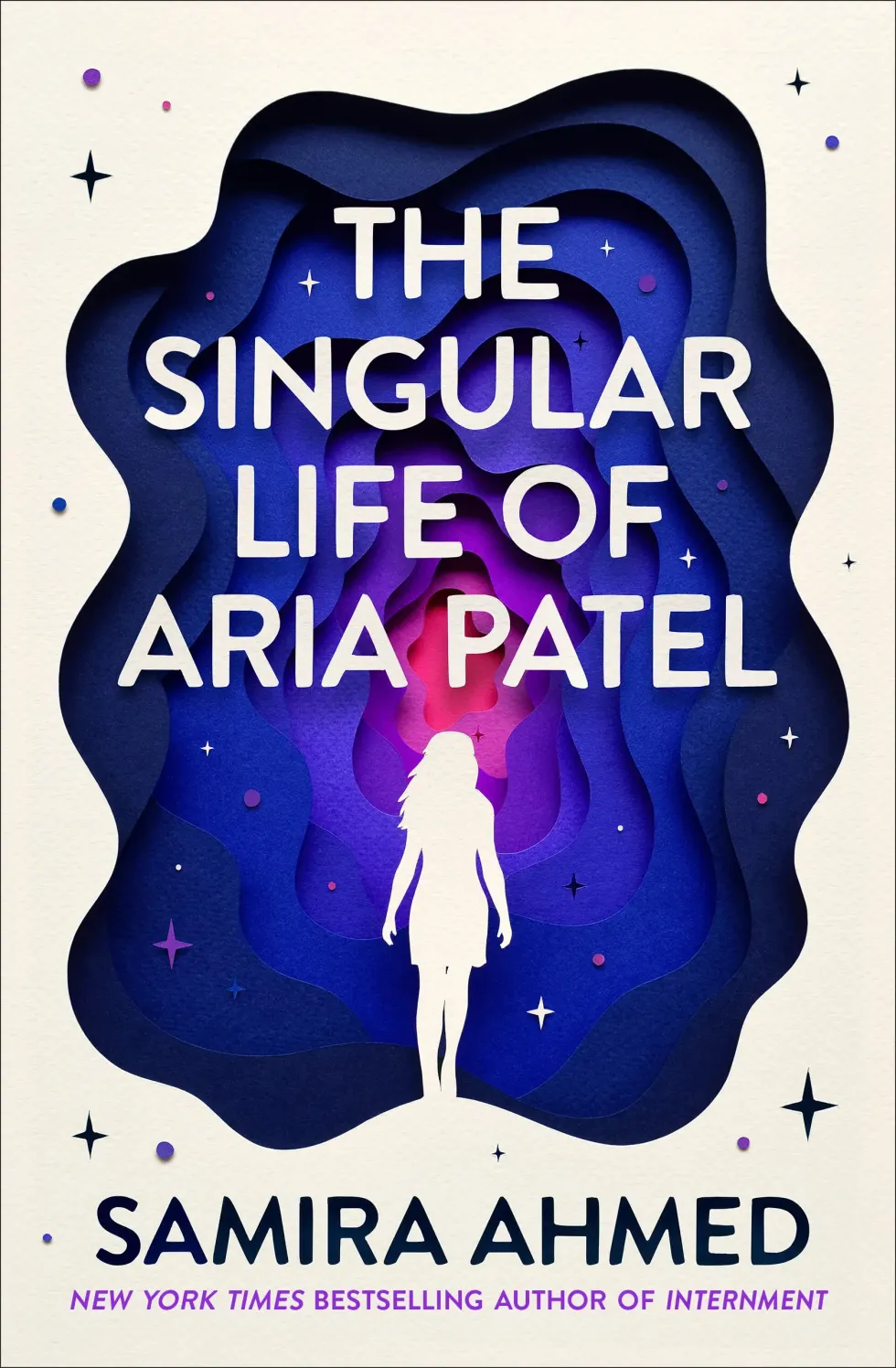
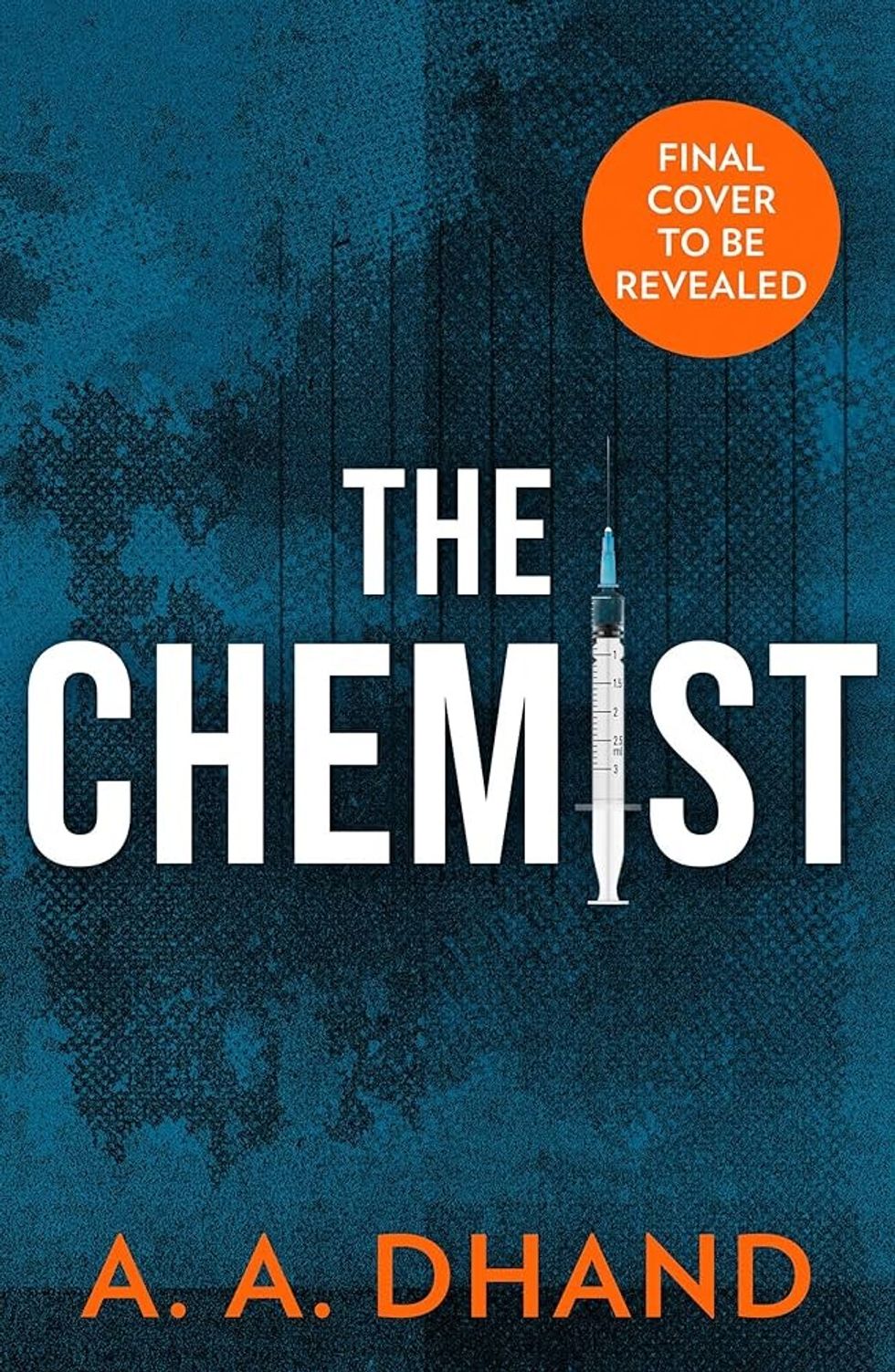
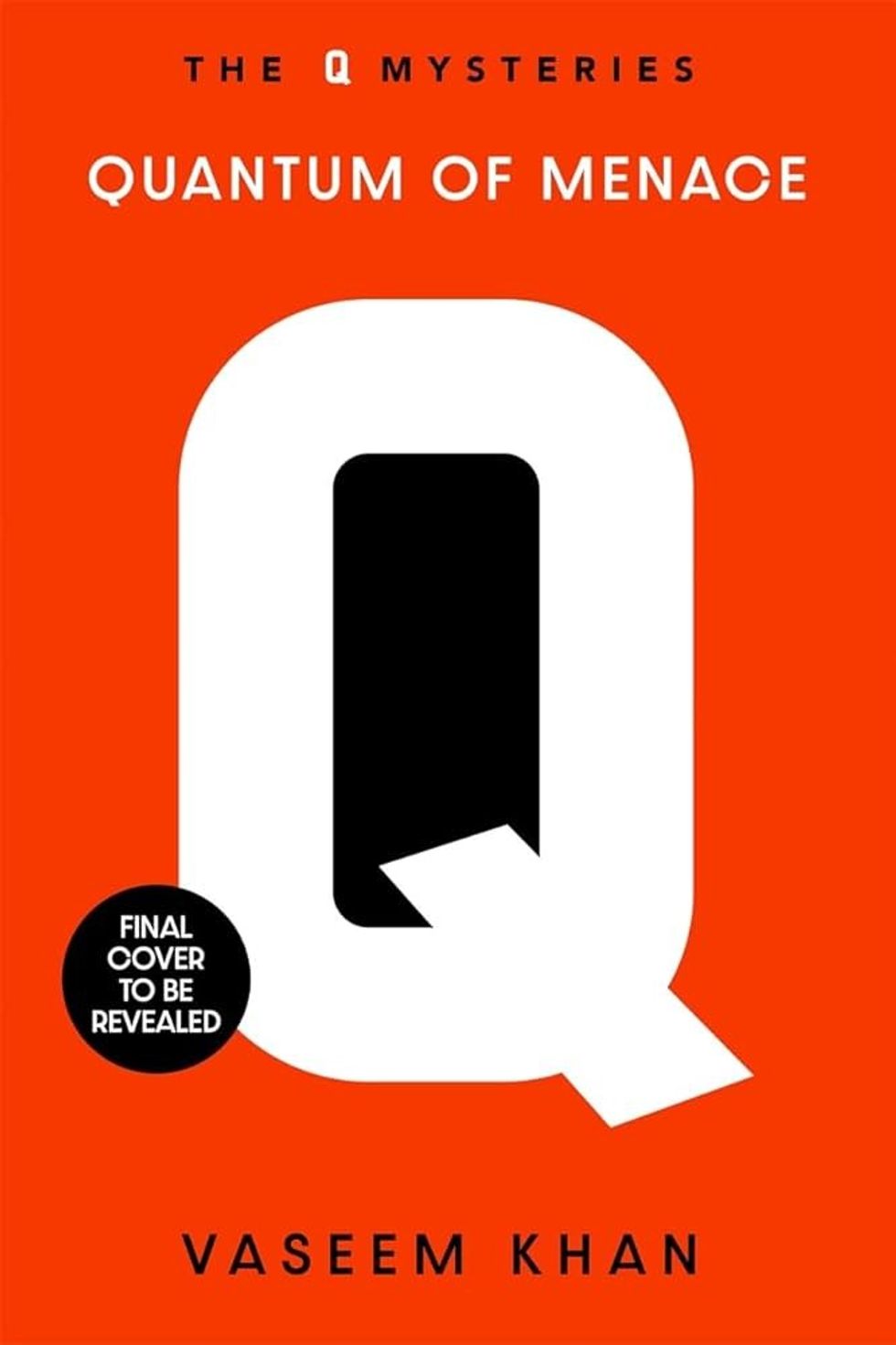

 Aryan
Aryan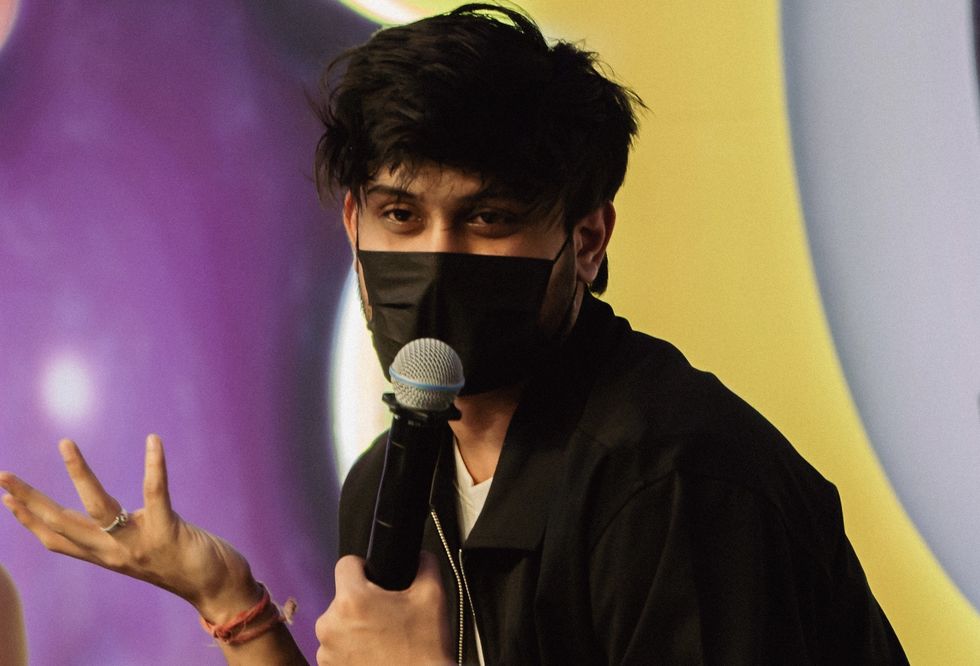 Ayu
Ayu